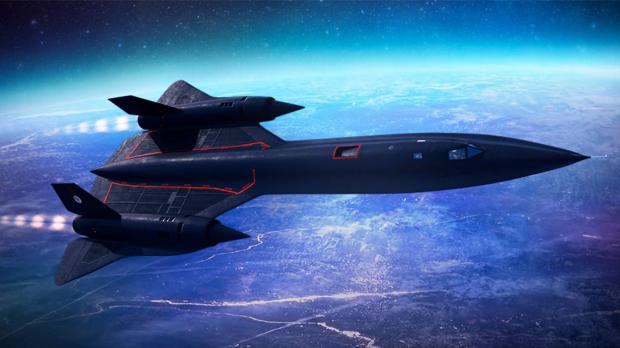
Breaking News
Living a Creative Life Maximizes Your Life
SEMI-NEWS/SEMI-SATIRE: November 9, 2025 Edition
 Trump pardons Mets legend, 'Celebrity Apprentice' alum Darryl Strawberry over tax evasion co
Trump pardons Mets legend, 'Celebrity Apprentice' alum Darryl Strawberry over tax evasion co
 You WON'T BELIEVE How Much Money We're REALLY Sending To Israel!
You WON'T BELIEVE How Much Money We're REALLY Sending To Israel!
Top Tech News
 HUGE 32kWh LiFePO4 DIY Battery w/ 628Ah Cells! 90 Minute Build
HUGE 32kWh LiFePO4 DIY Battery w/ 628Ah Cells! 90 Minute Build
 What Has Bitcoin Become 17 Years After Satoshi Nakamoto Published The Whitepaper?
What Has Bitcoin Become 17 Years After Satoshi Nakamoto Published The Whitepaper?
 Japan just injected artificial blood into a human. No blood type needed. No refrigeration.
Japan just injected artificial blood into a human. No blood type needed. No refrigeration.
 The 6 Best LLM Tools To Run Models Locally
The 6 Best LLM Tools To Run Models Locally
 Testing My First Sodium-Ion Solar Battery
Testing My First Sodium-Ion Solar Battery
 A man once paralyzed from the waist down now stands on his own, not with machines or wires,...
A man once paralyzed from the waist down now stands on his own, not with machines or wires,...
 Review: Thumb-sized thermal camera turns your phone into a smart tool
Review: Thumb-sized thermal camera turns your phone into a smart tool
 Army To Bring Nuclear Microreactors To Its Bases By 2028
Army To Bring Nuclear Microreactors To Its Bases By 2028
 Nissan Says It's On Track For Solid-State Batteries That Double EV Range By 2028
Nissan Says It's On Track For Solid-State Batteries That Double EV Range By 2028
Flight of the Blackbird: The how, what and why of the incredible SR-71

The war plane with no weapons not only had the lines of a spaceship, it set the record for the fastest air-breathing manned aircraft in 1976 – a record that remains unchallenged to this day. So how was it built, and what was it like to fly this supersonic denizen of the edge of space?
Developed by Lockheed at its famously secretive Skunk Works in Burbank, California, the SR-71 was a derivative of the A-12 reconnaissance plane built for the CIA as a replacement for the U2 spy plane of the 1950s. It was the brainchild of American aerospace engineer Clarence "Kelly" Johnson who, like a real-life Tony Stark, came up with all sorts of remarkable design innovations that pushed forward aerospace engineering.
The SR-71 was built for the US Air Force and operated from 1964 to 1998. The Blackbird, or Habu, as it was also nicknamed after a venomous Japanese snake, could outrun any plane or missile that was sent against it. It set multiple speed and altitude records that have yet to be matched and was one of the first stealth aircraft. It also became stronger as it grew older, despite the fact that it was built by engineers using slide rules. That's a bit like prying open your smartphone and finding a little man inside with an abacus.

 Carbon based computers that run on iron
Carbon based computers that run on iron

